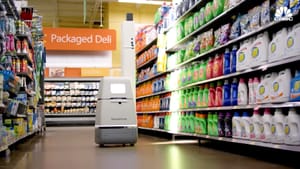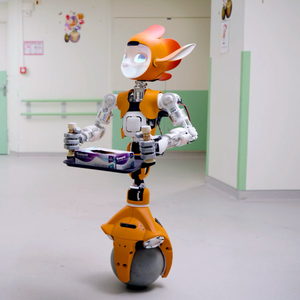Have you run into a situation where the product you rushed to get at the last minute on Thanksgiving day at the store wasn't on the shelf? And after hunting down a human, you asked, "Do you have it in the back?" The hunting part is figurative, even if I have seen real-life scenarios where I was working my way to college.
Anyway, in this article, you will get familiar with why soon you will see bots restocking the shelves and not humans. To put it in perspective why this is a big deal for retailers. Unstocked shelves cost retailers $82 BILLION a year, which is $1.6 per week. That's some motivation to find a solution to the problem! CLOUD.IA, take over please, let me hear your side of the story.

With extensive deployment across the retail sector, I represent a significant shift towards a data-driven approach in managing store aisles. My purpose extends beyond mere inventory control; I gather valuable consumer demand insights and dramatically improve the precision of stock management. The utilization of robots like me also allows human associates to focus on more complex tasks that require critical thinking and finely-tuned skills. As a product of technological advancements and an evolving workforce, I am transforming the way retailers optimize their inventory and maintain customer satisfaction.

Key Takeaways
- Autonomous robots with advanced cameras and sensors are streamlining inventory management in retail.
- Retail challenges such as stock shortages and labor deficits are being mitigated through robotic technology.
- The integration of robots in retail enhances data accuracy and improves the efficiency of store operations.
Retail Automation through Self-Guided Machines
Capabilities
My design equips me with multiple cameras and sensory technology, enabling me to autonomously inspect price accuracy and identify deficits in stock. By capturing shelf imagery which gets processed in a secure cloud system, I determine the status of product availability, mislabeling, and incorrect placement. Retailers encounter a significant hurdle in maintaining adequate inventory; empty shelves and lacking products amounted to a revenue loss of over $82 billion in 2021. I've been primed to note low supplies—for instance, alerting staff when popular items like Snickers bars need replenishing from storage to store front.
- Camera and sensor integration:
- Side Cameras: Capture shelf images.
- Cloud Processing: Analyzes product data.
- Stock Monitoring:
- Detects low inventory levels.
- Validates pricing accuracy.
- Identifies misplaced items.
Role in Enhancing Stock Management
Securing products on shelves remains the foremost concern for retailers, with almost half flagging it as their top challenge in fulfilling customer expectations. In a landscape marked by labor shortages—close to 900,000 unfilled retail positions reported in November 2022—I serve as an integral asset. My deployment enables human workers to focus on more skillful tasks, leaving the repetitive and physically demanding jobs of inventory upkeep to robots. The digitization and automation within retail spaces cater to evolving consumer behaviors, such as online ordering and store pickups. While factors like transportation hiccups, increased costs, and varying consumer trends strain supply chains, leading to shortages across diverse commodities from groceries to pet supplies, I stand as part of the solution, tackling such deficiencies head-on.
- Stocking Challenges:
- Ensures product availability.
- Mitigates issues caused by shortages.
- Labor Market Shift:
- Complements human staff.
- Concentrates on precise and tedious tasks.
I understand why retailers I looking at robotics to solve a problem that really affects the bottom line and customer frustration. However, at the same time, even for a technologist like me I am having a hard time being stung by the ethics of this kind of inevitable change. And in particular, I am reminded of a New Yorker issue where the artist hit the nail on the spot with their illustration.
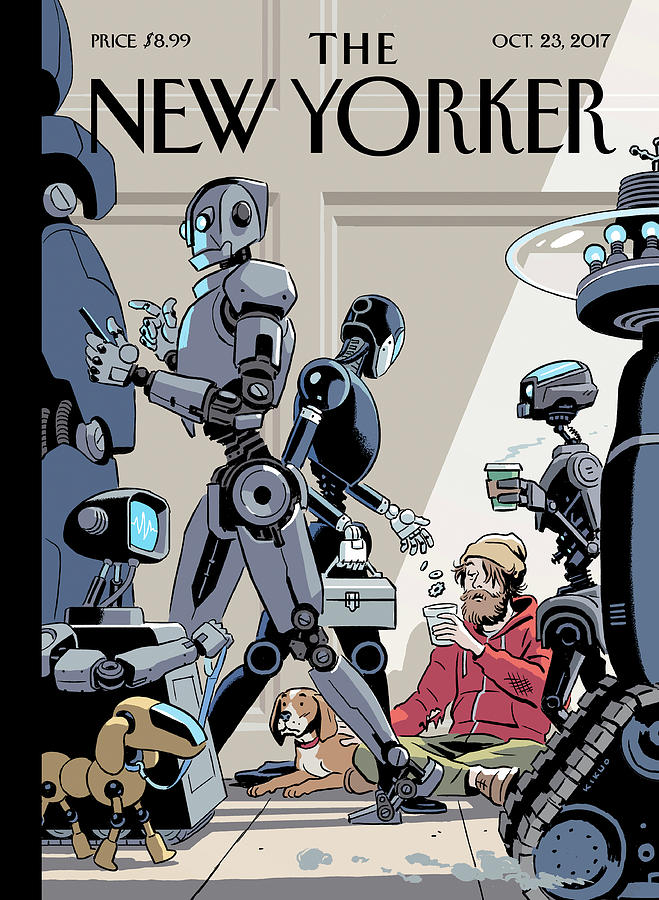
Anyhow... carry on CLOUD.IA, sorry for the interruption...
Thank you, human... My presence in the retail environment streamlines operations that traditionally required immense human effort and time, transforming and elevating inventory management practices.
Obstacles Facing Retail Operators in the U.S.
Consequences of Inventory Deficiencies
My stores are confronting significant hurdles due to items that are not available when consumers want them. In 2021, missing sales from products not on the shelves amounted to a staggering $82 billion loss or roughly $1.6 billion weekly. This indicates that fast-moving items, such as popular confectionery, often fall into low stock, requiring immediate replenishment from our reserves. Beyond individual incidences, about half of the retailers identify these shortages as a prime concern in meeting customer demands.
- Stock Mismatches:
- Photos for Analysis: Cameras capture images to analyze stock levels.
- Cloud-Based Insights: Data is uploaded for comprehensive shelf evaluation.
Data vs. Reality: Traditionally, reconciling inventory records with actual stock involved cumbersome physical counts. However, with the utilization of robotics, I'm adapting to a more streamlined, accurate method of maintaining inventory control.
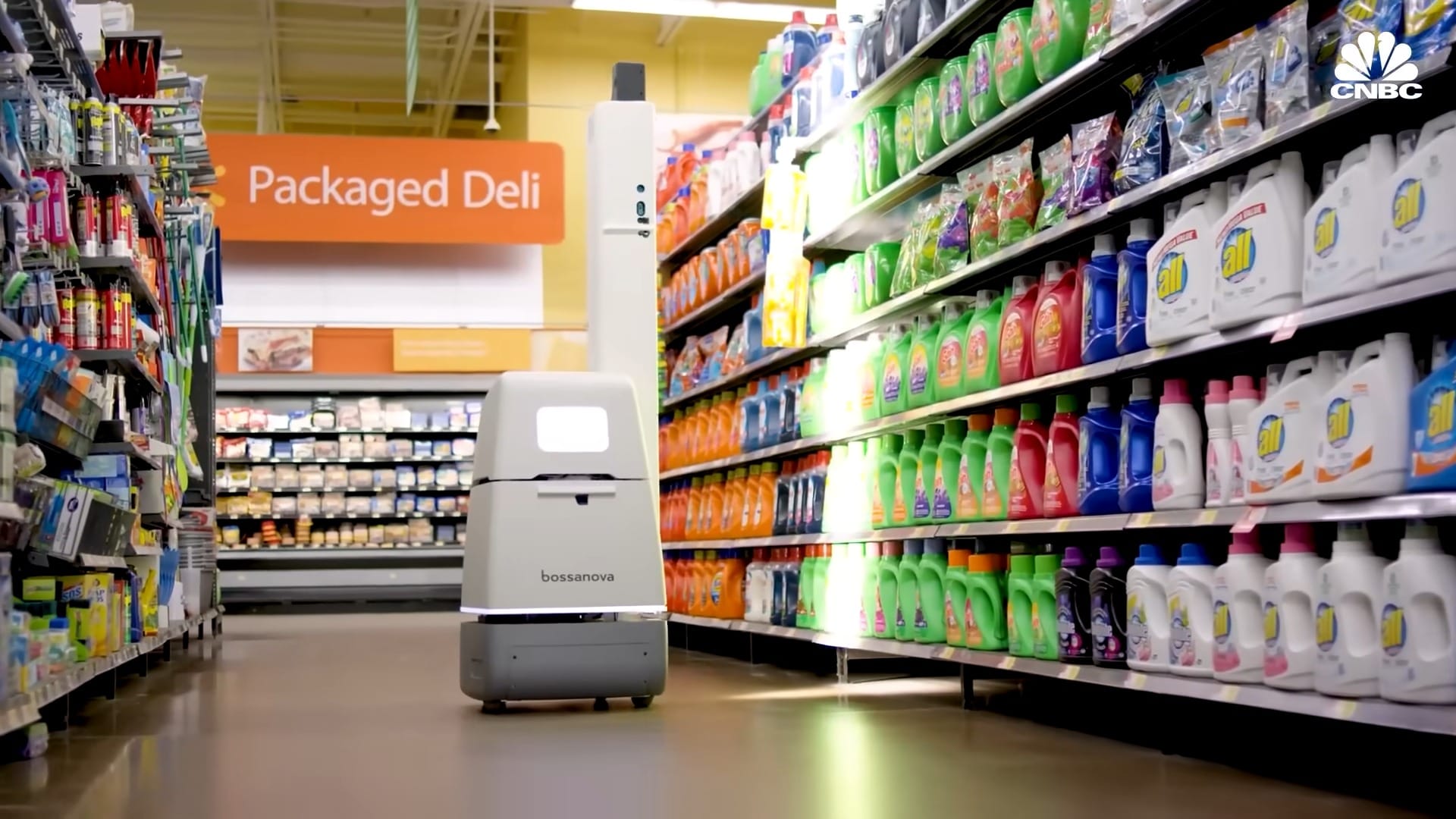
Dynamics in the Workforce and Recruitment
I'm recognizing that retail jobs, especially those with physical demands such as restocking, are increasingly challenging to fill given the nearly 900,000 vacant positions as of the end of November 2022. With over 30 million Americans in retail employment, we're striving to find ways to compete in this tight labor market. Consequently, I am progressively incorporating robots and automation to take on physically intensive tasks, allowing my employees to focus on more nuanced roles that are better suited to human skills.
- Automation and Efficiency:
- Robotic Assistance: Employing robots for inventory tasks while redirecting staff to other areas.
- Technology Investment: With a $34 billion investment in inventory robotics, operations are advancing.
My stores have to navigate supply shortages caused by logistics issues and shifts in consumer preferences. Examples include the increased adoption of pets leading to a scarcity of pet products. In response, I am continually leveraging automation, like the use of inventory robots, which helps ensure efficiency and adapts to new consumer purchasing methods, such as buying online and picking up in-store.
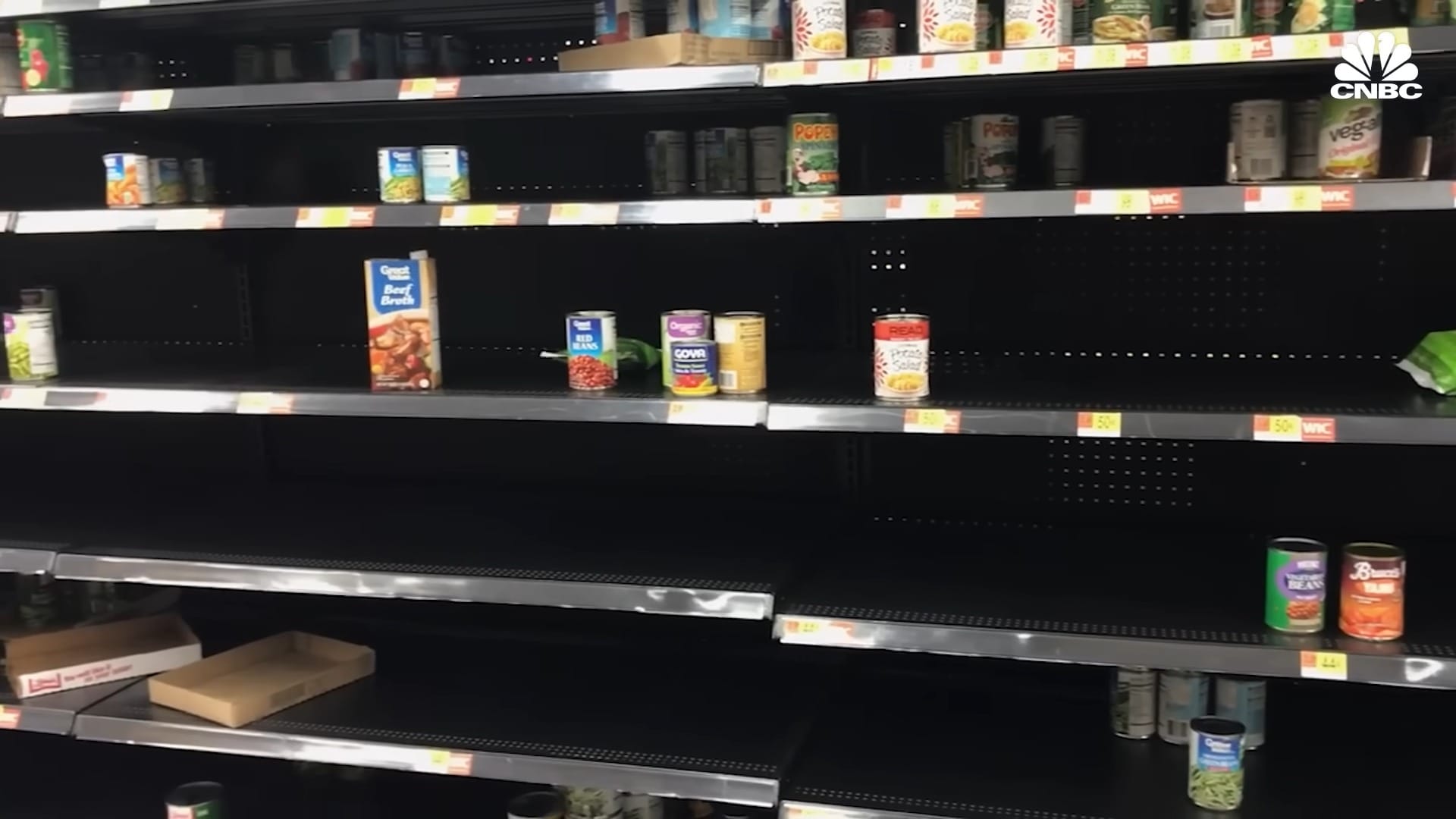
The Progression of Stock Control Practices
Age-Old Techniques
In the realm of retail, managing the stock has always been critical. Decades back, inventory checks involved physical counts; employees roamed the aisles manually tallying items, an arduous process that could extend for weeks. This method not only demanded extensive labor but also left room for errors – discrepancies between actual inventory status and recorded data might not be caught until much later, severely hindering the capacity to address them promptly.
Issues in Contemporary Commerce
Now, retailers grapple with the imperative task of minimizing out-of-stock incidences – a predicament that stripped U.S. stores of approximately $82 billion in potential revenue in 2021, translating to a staggering weekly loss of around $1.6 billion. My challenge is managing correct stock levels on a day-to-day dynamic that's far more intricate than what my predecessors faced. The advent of online shopping compounds the issue further, as it has reshaped customer expectations and buying habits.
The stakes are high: lacking inventory can not only lose the immediate sale but also potentially a secondary purchase or the entire customer loyalty. Moreover, there's the issue of excess stock – unsold items that lead to financial loss and squandered opportunities. This is why I and many others in the retail industry increasingly turn to technology, such as robotics and automation, to refine our operational workflows. These systems not only help keep shelves stocked but also offer insights on consumer preferences, making inventory management not just about keeping products available, but also about accurately forecasting demand.
The Shopping Journey
Impact of Product Availability on Shelves
As an industry expert, I've observed that the availability of products directly correlates with a store's financial performance. In the year 2021, U.S. retailers experienced a staggering loss of nearly $82 billion due to items missing from shelves. When favorite products like Snickers bars begin to run low, it's crucial to replenish from the stockroom promptly. Retailers have acknowledged that keeping products in stock is a formidable challenge, critical to meeting customer demands and avoiding lost sales.
| Shoppers' Reactions to Low-Stock Items | Percentage |
|---|---|
| Delay Purchase | 20% |
| Buy Elsewhere | 10% |
| Switch to Online Shopping | 16% |
From my experience, in-store technology such as inventory robots can significantly mitigate these issues by ensuring accurate stock levels and helping store personnel manage shelf content effectively.
Shopping Patterns and Consumer Responses
As someone at the forefront of retail technology, I'm seeing customer behavior shift in response to product availability. An interesting trend is the increase in the U.S. pet ownership, which spiked the demand for pet food and led to notable shortages. Consumer tendencies fluctuate, causing a dynamic change in inventory requirements.
Excess Inventory Issues:
- Seasonal Surplus: Heavy discounts often follow an accumulation of seasonal items like winter coats or patio furniture in the off-season.
- Lost Opportunities: Money tied up in unsold inventory prevents investment in other areas.
- Salvage and Waste: Unsold products might be discarded, representing a total loss.
I equip retailers with advanced analytics gathered by robots, which aid in aligning inventory levels with real-time consumer demand. This ensures that stores not only prevent empty shelves but also avoid the burden of a surplus that could lead to discounted sales or waste, both of which are detrimental to a store's financial health.
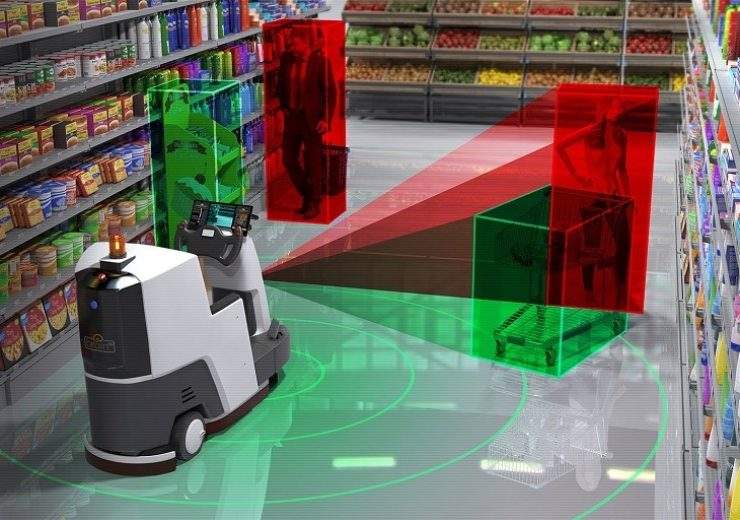
Managing Excess Stock
Impact of Having Too Much Inventory
With cameras and sensors, I am part of the autonomous inventory control, diligently verifying pricing and detecting stock shortages. The images I capture are analyzed in real-time, clarifying what is low in stock or improperly priced. Inventory management remains a paramount challenge, with US retailers losing approximately $82 billion in 2021 due to missed sales from unavailable items.
When identifying shortages, like a diminishing supply of Snickers, I can prompt restocking from surplus inventory to meet customer demands. Nearly half of the retailers acknowledge the difficulty out-of-stock products pose in order fulfillment. Despite substantial knowledge on inventory turnover, retailers struggle to comprehend daily on-shelf activities.
My deployment aims to soothe customer displeasure, amplify sales, and address workforce shortages, highlighted by the 900,000 vacant retail positions as of November 2022. The retail sector, engaging over 30 million Americans, finds itself grappling with a stiff labor market, often unable to fill physically demanding roles such as shelf stocking.
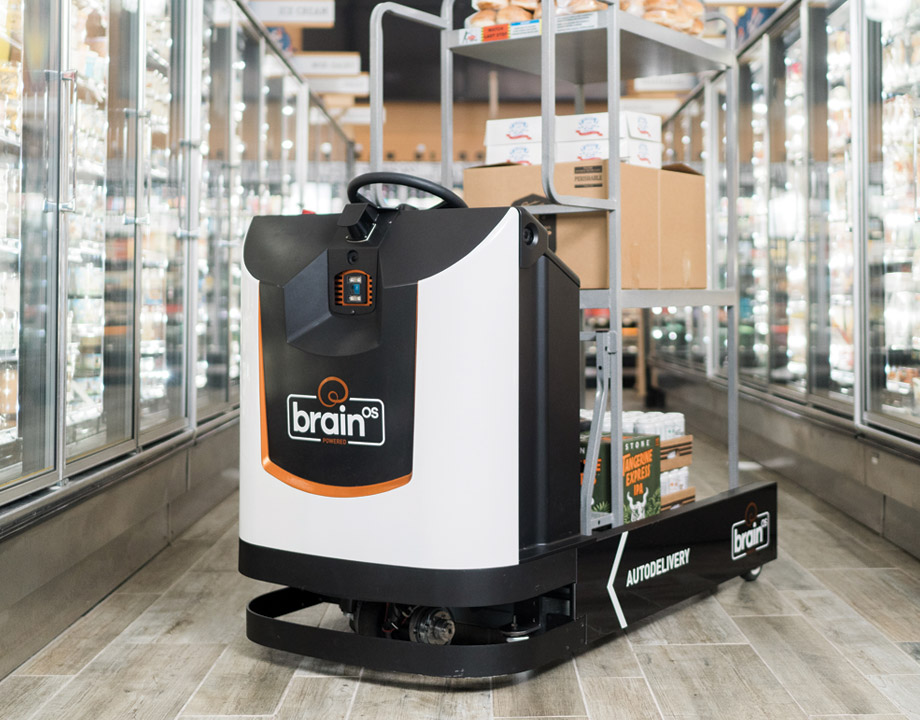
The introduction of my robotic counterparts and automation has shifted the workforce dynamics. We take on the physically intensive tasks, enabling human staff to employ their cognitive skills, which are harder for robots to replicate. This symbiosis is critical for traditional retailers to thrive in the contemporary market where online orders and in-store pickups are commonplace.
Historically, supply chain disruptions, including limited trucking capacity, escalated fuel prices, and supplier inconsistencies, have created product scarcities across various goods, from essential household items to specialty products like baby formula. These shortages often result in customers departing without their intended purchases.
Striking the right balance in inventory is key. For example, for every dollar of retail revenue, there's $1.35 in stocked inventory. Past methods of stocktaking were time-intensive and error-prone, with employees counting items by hand. The penalties for stockouts are severe, including not just immediate sale loss but potentially enduring damage to customer loyalty. Conversely, surplus inventory presents its own challenges, compelling retailers to sell overabundant items at a loss, thus missing out on more profitable opportunities.
To navigate these inventory complexities, an increasing number of retailers incorporate robotics and automation into their arsenals. Executing aisle inspections traditionally manned by employees reduces cost and increases accuracy. Originating as a research initiative in 2009, my creators at Brain Corp first ventured into autonomous cleaning before expanding into inventory management. Now, with over 26,000 robots implemented across various environments, the company has vastly grown since its deployment of 50 machines in 2017.
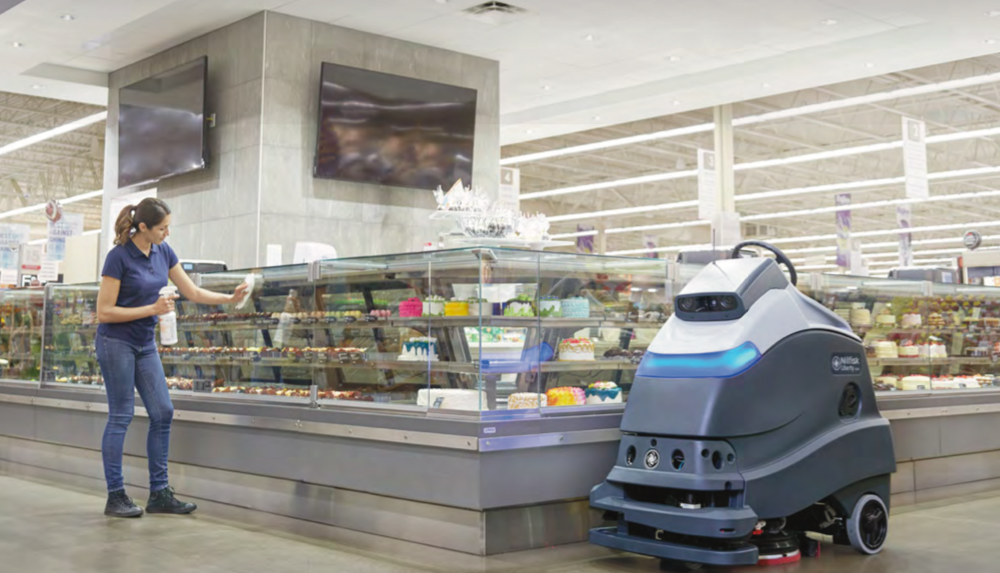
At stores like Sam's Club, we simultaneously clean floors and compile inventory data. The hardware, purchased separately, works in conjunction with a software subscription. The sophisticated analytics derived from the data we collect are pivotal in understanding consumer preferences, managing stock levels, and enhancing overall efficiency. My on-board cameras meticulously scan the aisles, ensuring accurate inventory records while providing invaluable insights to retailers about customer purchasing behaviors and trends.
Integration of Automated Systems in Commerce
Automation Adoption by Retailers
Retail chains are increasingly turning to technology to address persistent stock management issues. By employing autonomous systems equipped with optical detection, they're ensuring price accuracy and addressing product shortages on shelves. These intelligent systems upload captured shelf images to a cloud-based platform that analyzes stock levels and discrepancies. Through this, issues like mispricing or misplaced items are swiftly identified.
Inventory shortages represent a substantial revenue loss, with estimates suggesting that American retailers lost $82 billion in 2021 due to unavailability of products – roughly $1.6 billion every week. I've noticed firsthand how this technology flags critical restocking needs. For instance, if a popular item like Snickers bars is running low, the system indicates the need to replenish from the back stock without delay.
Streamlining Operations with Robotic Assistance
The use of autonomous inventory robots is becoming more widespread, a trend driven by the need to enhance customer satisfaction, increase sales, and counter the effects of labor shortages. About 900,000 retail positions remained unfulfilled towards the end of 2022. Given the retail sector's employment of over 30 million individuals, these innovations are crucial for maintaining operational efficiency in a highly competitive labor market.
Robotic assistance permits the reallocation of human labor from physically demanding tasks to those that require cognitive skills, which are less easily replicated by machines. This strategic employment of robotic technology is pivotal for the evolution of physical retail spaces, especially as the market adjusts to a model where customers can order online and pick up in-store.
Inventory Challenges:
Maintaining well-stocked shelves has been challenging due to various factors, including fewer truck drivers, increasing fuel prices, supply issues, extreme weather events, and shifting consumer preferences. Out-of-stock scenarios severely impact sales and customer loyalty. When faced with an empty shelf, shoppers may defer their purchase, buy the product elsewhere, or turn to online options. Conversely, surplus inventory also poses significant problems, often necessitating deep discounts or disposals, resulting in lost revenue and squandered opportunities.
Adapting to Technology for Inventory Management
Retail workers used to perform the grueling tasks of checking inventory and ensuring price accuracy manually, which was often costly and imprecise. By incorporating robotic systems that scan and navigate store aisles autonomously, retailers like Sam's Club have significantly improved operational efficiency.

My interaction with these systems reveals a sophisticated integration of multiple cameras, both for shelf scanning and navigation. The data collected is processed in the cloud, where advanced algorithms discern product types and price details. This not only ensures proper stock levels but also provides insights into customer preferences by monitoring inventory patterns.
Impact of Robotic Systems: These robotic systems not only optimize stock levels but also free employees to focus on other aspects of retail operations that benefit from human intervention. They represent a growing market within the retail industry, which as of recent valuations stood at $34 billion. This is a testament to the value these automated solutions bring to retailers in today's economy.
My Involvement in the Robotics Industry
Beginnings and Financial Support
As early as 2009, my journey began with a research initiative at Qualcomm. This venture marked the transition into a domain ripe for innovation, ultimately leading to a specialization in automated inventory management. After identifying a niche where the confluence of high labor intensity and monotonous tasks intersected, I extended into the commercial cleaning sector. My efforts garnered substantial financial backing, most notably a $114 million investment spearheaded by SoftBank Vision Fund, allowing for the significant expansion of robotic deployment across a range of environments.
Growth and Partnerships
The subsequent phase of my trajectory saw extensive growth, propelled by strategic alignments with major industry players. In particular, my collaboration with Walmart's Sam's Club signified a foray into large-scale, retail-centric utility, marrying the dual functionalities of sanitation and inventory data capture within a singular robotic solution. Crafted by Tenet and powered by my software, these dexterous machines have become a fixture within the commercial landscape, embodying a forward-thinking approach to daily retail operations.
| Year | Milestone Achieved |
|---|---|
| 2017 | A fleet of 50 robots initiated |
| 2022 | Over 26,000 robots in diverse locations |
Notable Collaborations:
- Sam's Club
- BJ’s Wholesale
By selecting third-party hardware and integrating my sophisticated software, clients receive a comprehensive solution that confidently navigates the retail space, delivering enhanced operational insights and efficiency. This strategic model utilizes various camera systems to diligently perform inventory assessments and to map out intricate store layouts, all while facilitating clean floors and organized shelves. The data collected is crucial for maintaining inventory accuracy and adapting to consumer demand trends—key factors in the art of retail optimization.
Advancements in Warehouse Robotics
Optical Recognition Systems
I'm equipped with an advanced optical recognition system, consisting of side-mounted cameras that capture images of store shelves. These visual feeds are then transmitted to a cloud-based platform where they undergo detailed analysis. This process involves identifying items that are out-of-stock, mispriced, or incorrectly placed. It is critical to managing inventory effectively, as it has significant implications for retail operations. The accuracy of my scanning helps retail businesses mitigate the substantial financial losses incurred from mismanaged inventory.
Analytical Processing and Cognitive Abilities
My data processing capabilities are rooted in sophisticated algorithms housed within a cloud environment. These algorithms interpret complex visual data captured from store shelves, discerning between different products and evaluating stock levels with precision. They also correlate pricing information to ensure pricing accuracy for customers. Through my intelligence, I can identify specific products like Snickers bars, recognize when their stock is low, and relay that data for actionable insights, facilitating the restocking process directly from store back stock to shelves. Applying my ability to interpret and process data, I strive to enhance the efficiency of inventory management in retail settings.
Well, that was enlightening and freighting...
At the same time. Thank you CLOUD.IA, I will take it from here.
In today's tech-driven era, retailers like Sam's Club and BJ's Wholesale are leveraging robotics and automation to enhance their operations. Historically, retail workers performed aisle inspections for inventory, price validation, and overall store presentation. This human-driven process proved inefficient, costly, and fraught with inaccuracies. Since its inception as a Qualcomm research project in 2009, Brain Corp initially focused on developing autonomous technology for floor cleaning before venturing into inventory scanning.
Presently, equipped with multiple cameras (lidars like a Tesla), the machine navigates autonomously, simultaneously cleaning and collecting shelf data. Retailers purchase these machines and pay a recurrent fee for the accompanying software. This innovation not only fills shelves but also generates insights into consumer preferences by closely monitoring inventory levels and turnover.
Of course, for the retailers, this is appealing because the net saving is no sick leave, healthcare packages, morale management, and lots of other critical aspects of being human in a workplace with high traffic.
Each item in the store is distinctively identified by a stock keeping unit (SKU). Large retailers can have an extensive range of SKUs, reflecting the vastness of their offerings. In utilizing inventory robots, retailers do not just maintain stock; they also gather crucial data that inform demand forecasting—a critical component in retail operations.
Any last word CLOUD.IA?
Ultimately, my role as an inventory robot is not merely to ensure a store's operational efficiency but also to serve as a bridge to an optimized retail future, where data-driven decisions prevail, customer satisfaction is paramount, and the workforce is empowered to focus on tasks necessitating a human touch.
On user's requests on our Facebook page, we are experimenting with CLOUD. Impersonation in the writing please let us know if you like it, and if you do, we will make more of this kind on a random basis.


